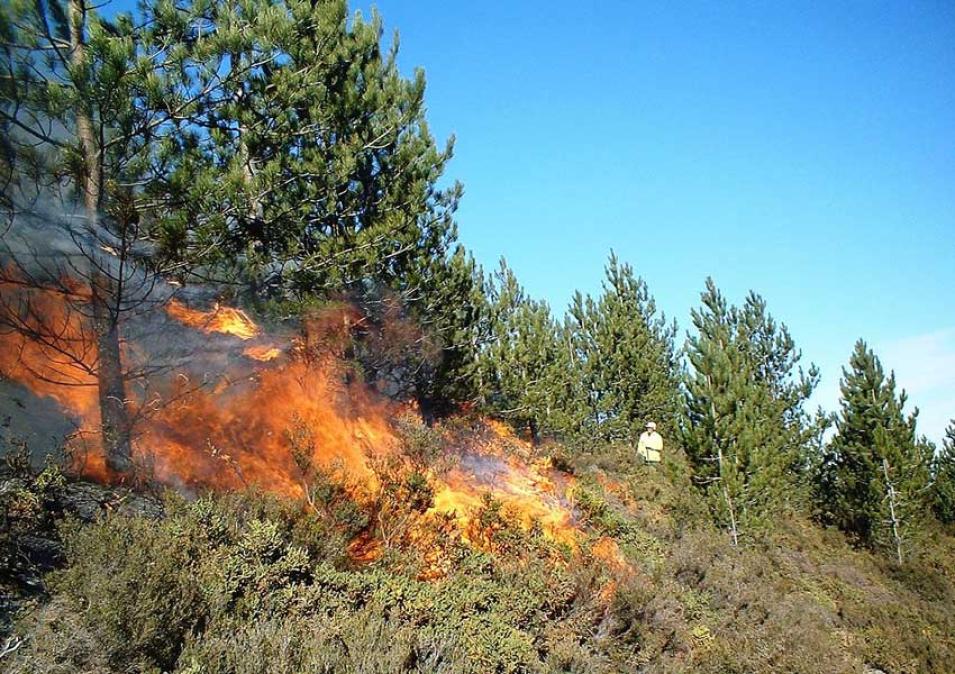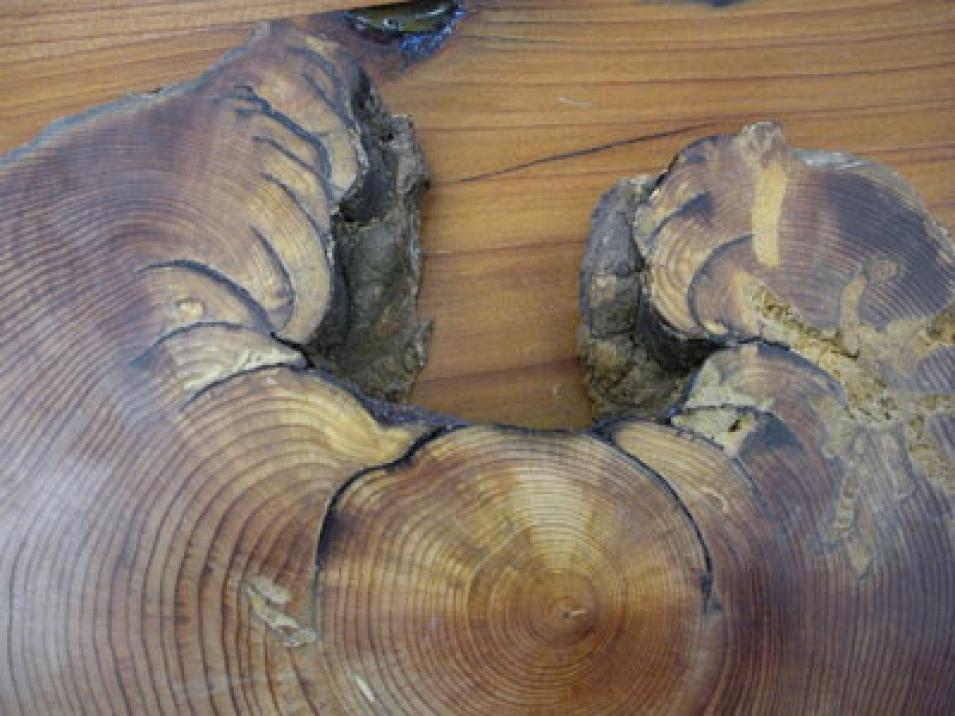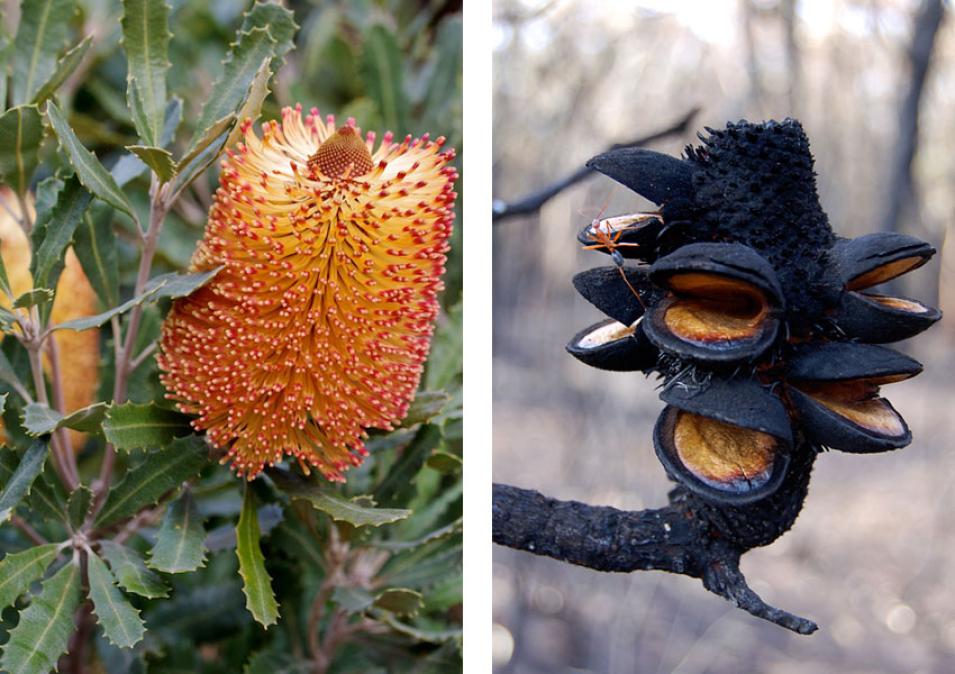A warmer Earth also means more droughts. In wet tropical forests, a change in temperature can influence how moisture evaporates from the land, which in turn influences rainfall patterns. “We may find that we have an increasing frequency of droughts in those systems,” Lehmann said. “Drought in this closed canopy system causes trees to die and fall over; this will allow the vegetation to dry out and create spots where fire can ignite and spread.”
Pausas’ map shows that fire has already begun to spread from fire-friendly biomes like savannas to tropical forests. Whether tropical forests can adapt quickly enough to become fire-friendly regions is the million-dollar question. “Tropical forests and tropical savannas are essentially like oil and water,” Lehmann said. “Forests and savannas are systems that can’t mix because the properties that are fundamental to each vegetation type are just so different. Plants in each ecosystem have adapted to their climate and fire conditions over tens of thousands of years. We are changing that very quickly.”
References
Imhoff, M. L., and L. Bounoua. 2006. Exploring global patterns of Net Primary Production carbon supply and demand using satellite observations and statistical data. Journal of Geophysical Research 111, D22S12, doi:10.1029/2006JD00737
Lehmann, C. E. R. et al. 2014. Savanna vegetation-fire-climate relationships differ among continents. Science 343: 548, doi:10.1126/science.1247355
NASA Fire Information for Resource Management System (FIRMS). Global active fire data. College Park, Maryland, USA.
NASA Socioeconomic Data and Applications Center (SEDAC). Global Patterns in Net Primary Productivity. Palisades, New York, USA, doi:10.7927/H40Z715X
Olson, D. M., et al. 2001. Terrestrial ecoregions of the world: A new map of life on earth. Bioscience 51(11): 933–938.
Pausas, J. G. and Ribeiro, E. 2013. The global fire–productivity relationship. Global Ecology and Biogeography 22: 728–736, doi:10.1111/geb.12043
Pausas, J. G. and Bradstock, R. A. 2007. Fire persistence traits of plants along a productivity and disturbance gradient in Mediterranean shrublands of SE Australia. Global Ecology and Biogeography 16: 330–340.
For more information
NASA Socioeconomic Data and Applications Center (SEDAC)
NASA Fire Information for Resource Management System (FIRMS)
Global Patterns in Net Primary Productivity
| About the data | |
| Satellite | Terra | |
| Sensor | Moderate Resolution Imaging Spectroradiometer (MODIS) | |
| Data sets | Global Active Fire Data | Global Patterns in Net Primary Productivity |
| Resolution | 0.5 degrees | 0.25 degrees |
| Parameters | Global fire activity | Net primary productivity |
| DAACs | NASA Fire Information for Resource Management System (FIRMS) | NASA Socioeconomic Data and Applications Center (SEDAC) |





